-
1Material Required
Material Required
These are the things that I used for this build
- LEDs (NICHIA JK3030 3V.2W LED)
- 1.5 Ohms Resistance 1206 Package
- 0.47 Ohms Resistance 1206 Package
- 100uf Capacitor
- 63uH Indictor
- SS34 Diode SMA
- DC Barrel Jack
- Custom PCB (which was provided by PCBWAY)
- Custom 3D Printed body (which was also provided by PCBWAY)
- SIC9301A led driver IC x2
- 12V DC FAN (Generic small one)
- 12V SMPS Power Supply
-
2Basic Structure
Main Schematic (PDF is attached) is not very complex. The PCB contains two LED Driver IC setups both with their LOAD (LEDs) connected separately.
Their Input side is connected with each other which is the common Input VCC and GND. we will supply 12V to these two terminals to run this board.
-
3PCB Designing
![]()
With the Schematic, I prepared the PCB in my CAD software.
The board outlines were already designed in the Fusion360, I used its measurements as a reference to make the PCB.
I placed LEDs at the center of the board and maintained an equal distance between them, to keep things symmetrically accurate.
Also, I've placed lots of Vias in this PCB. Vias cover almost 70% of this PCB and they are here for Conducting heat as well as connecting one side with another side of the board.
Anyways, after finishing the PCB, I exported its Gerber data and send it to PCBWay for samples.
-
4PCB ASSEMBLY
![]()
Before starting the Assembly process, I gather all the stuff that was being used in this PCB, LEDs ICs Resistance Diodes.
- We start first by adding Solder paste to each component's pad one by one.
- Then we place components in their right location in the right order, this pick and place process is pretty long as I used 30 LEDs in this project but after this, all we need to do is reflow this PCB.
- After this, I carefully lifted this PCB which has components on top and place it on my DIY SMD HOTPLATE.
- Hotplate heats up this PCB up to the Solderpaste melting temperature which is around 200-250°C. Solder paste melts and connects the component Pads with PCB Pads.
- After ensuring that the whole PCB has been reflow properly (which took like 2 minutes) I carefully removed the PCB from Hotplate and let it cool down for few minutes.
- End result of this Hotplate Reflow process will be this nicely reflown PCB.
- The next Process is to add THT Components on the backside of the PCB in the Right Order. Four capacitors and two inductors.
- And our Circuit is basically completed.
![]()
Now, to ensure that the soldering process was done without any short, I tested this circuit with a 12V Battery Pack by connecting the VCC and GND with battery packs 12V+ and GND.
-
5Custom Enclosure/Body
![]()
Next is the Main Body of this project which holds the Circuit in front and a Fan at the backside.
I designed this whole project in Fusion360, the body was made in such a way that we can mount a Generic 12V Mini DC Fan on the backside, it also has two holders (these two) which we can mount on a wall with these mounting holes.
For this project, the ideal material is PET-G because of its good thermal resistance to a higher temp (it still melts but its temperature resistance is far better than regular PLA).
I have an Ender 3 and it just couldn't print a perfect PET-G Model so I used an external CNC Service this time.
But anyway, after receiving the custom3D Printed PET-G Part from the external CNC Service(which was PCBWay in this case), I add the circuit in front with M3 Screws, but before adding the PCB with Enclosure, I added a barrel DC Jack which will be used to connect power to this setup.
I added DC Fan's VCC and GND port with the Vin and GND Port of PCB, and the added positive terminal of Barrel Jack with Vin of Main PCB and GND of barrel jack to GND of main PCB.
after adding wires, I screwed the circuit onto the 3D Printed Body and our Studio Light Setup was basically completed.
-
6RESULT
This light is small and lightweight as it doesn't have any Lithium battery inside it but it's alright as I'm gonna power this setup with an External 12V 5A SMPS.
-
7TESTING it out
For Running this Studio Light, I used this Metal SMPS which is rated at 12V 5A, I added this DC Jack to the VCC and GND of SMPS and then connected the DC Jack with Barrel Jack.
![]()
Now, In order to check this setup voltage and current consumption, I added a digital Voltmeter between SMPS and Studio Light Setup.
The current consumption can be changed by adjusting these Resistances so if I want more power then I have to reduce the Resistance value in parallel.
I've added 1.5 Ohms x3 Resistance and 0.47 Ohms Resistance in parallel which is around 0.24Ohms Total Resistance. To Increase the Power, we need to make this 0.24Ohms into 0.1Ohms which can be achieved by reducing the Resistance value.
So I swapped two 1.5 Ohms Resistance with 1 Ohms Resistance on both Driver IC.
And guess what, Now LEDs are drawing 1.23A at 12V which is 14.7W.
An increase in Power is a little bit but it also increases the Light Intensity and lumens.
But anyway, this is my current setup lighting, and when I add the Studio Light in front of this TTGO Board, Lighting increases drastically.
Lighting Quality can be better if we add this light on the TOP side or prepare two more for each side, left and right.
-
8Role of FAN
![]()
Why did I add a fan on the backside?
The fan circulates air from the back to the front side which keeps PCB Cool from the Bottom side which is beneath the LEDs. This was a very crucial thing to do because as you already know, LEDs tend to heat up, and these LEDs that I'm using heat up very quickly. even though the PCB has so many vias to disperse heat properly, this PCB still needs a cooling source which is in this case an OLD 12V DC fan that I salvaged from my old Anet A8 Printer.
-
9Conclusion
![]()
So the 100$ Question here is, is it better to buy an existing studio light or built your own with few LEDs and a Custom body and PCB?
And the answer is YES, we can just Make our Own DIY Studio Light which will save cost and you can build multiple Light Box Setup for a better lighting solution.
-
10So what's next?
![]()
For Part 2, I will be adding a PWM Dimmer to this STUDIO LIGHT Project and use two-color LEDs in it (Warm white and cool white). Also, I will increase the Length of this whole structure so I could add more LEDs to it and increase its Power and Lumens.
Leave a comment if you need any help
DIY Studio Light/ Light Box
A completely 3D Printed Studio Light with Custom PCB which is powered by two LED Driver ICs. A Twisted Version of a Supportive Tech
 Arnov Sharma
Arnov Sharma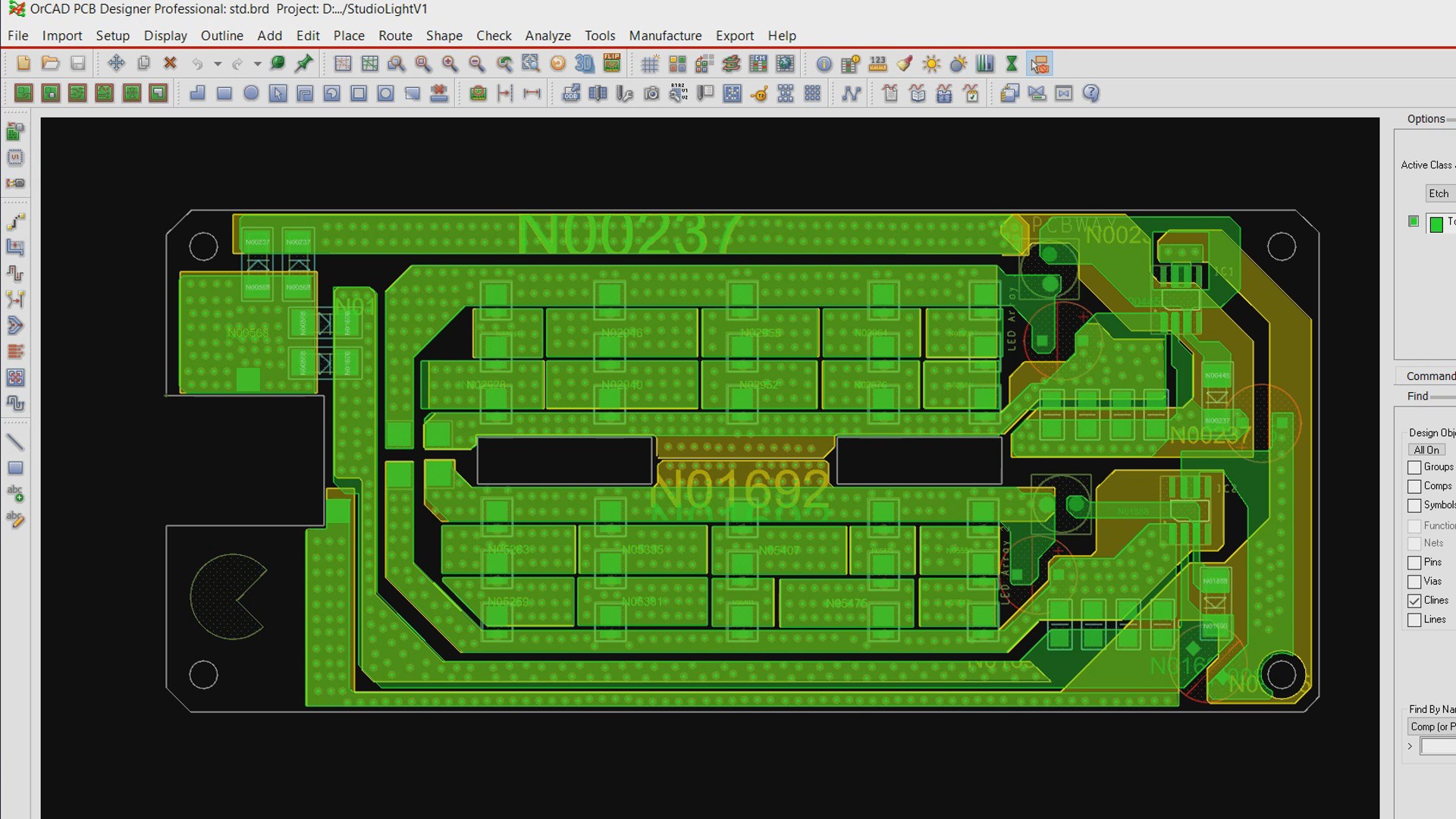
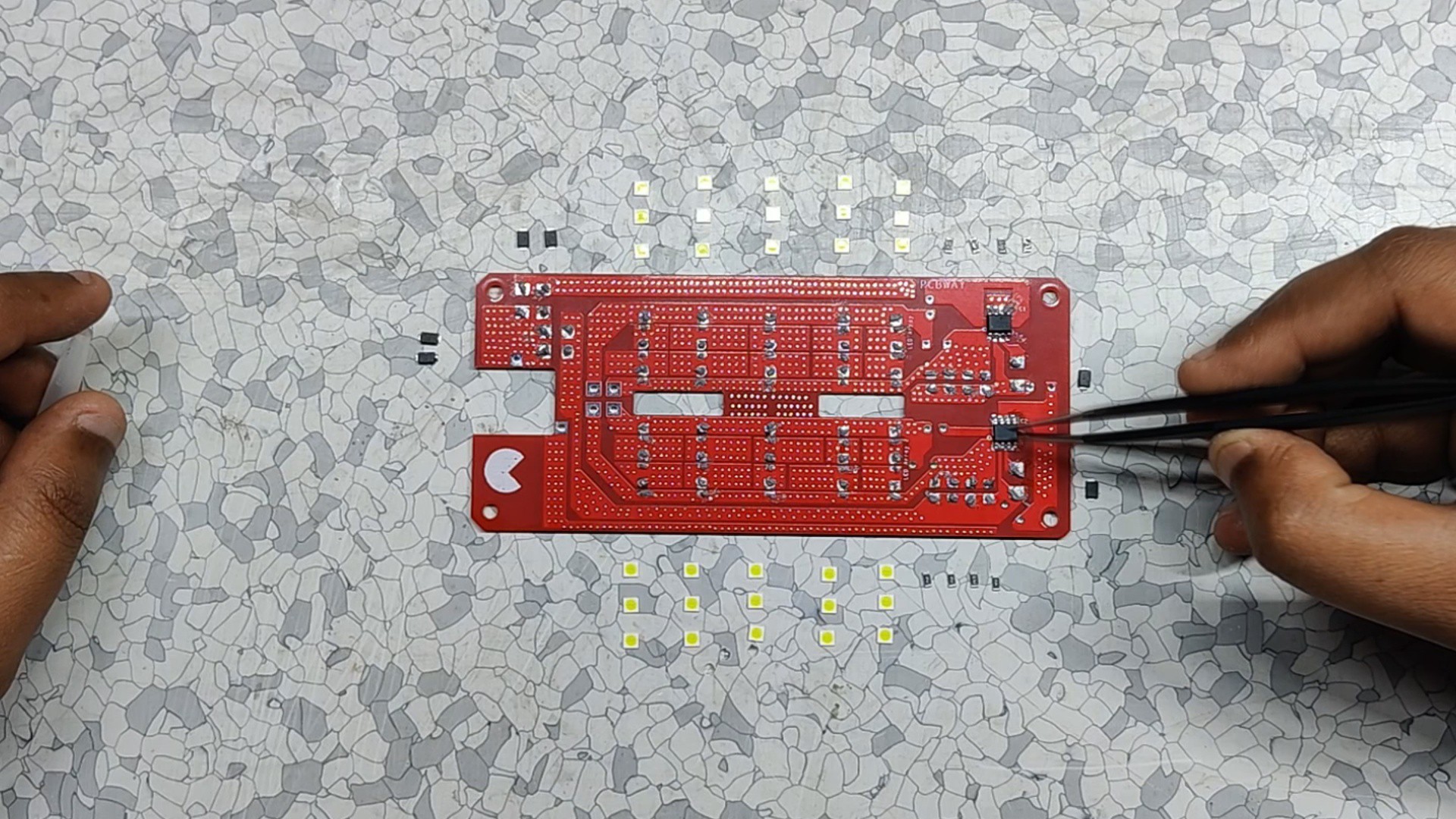
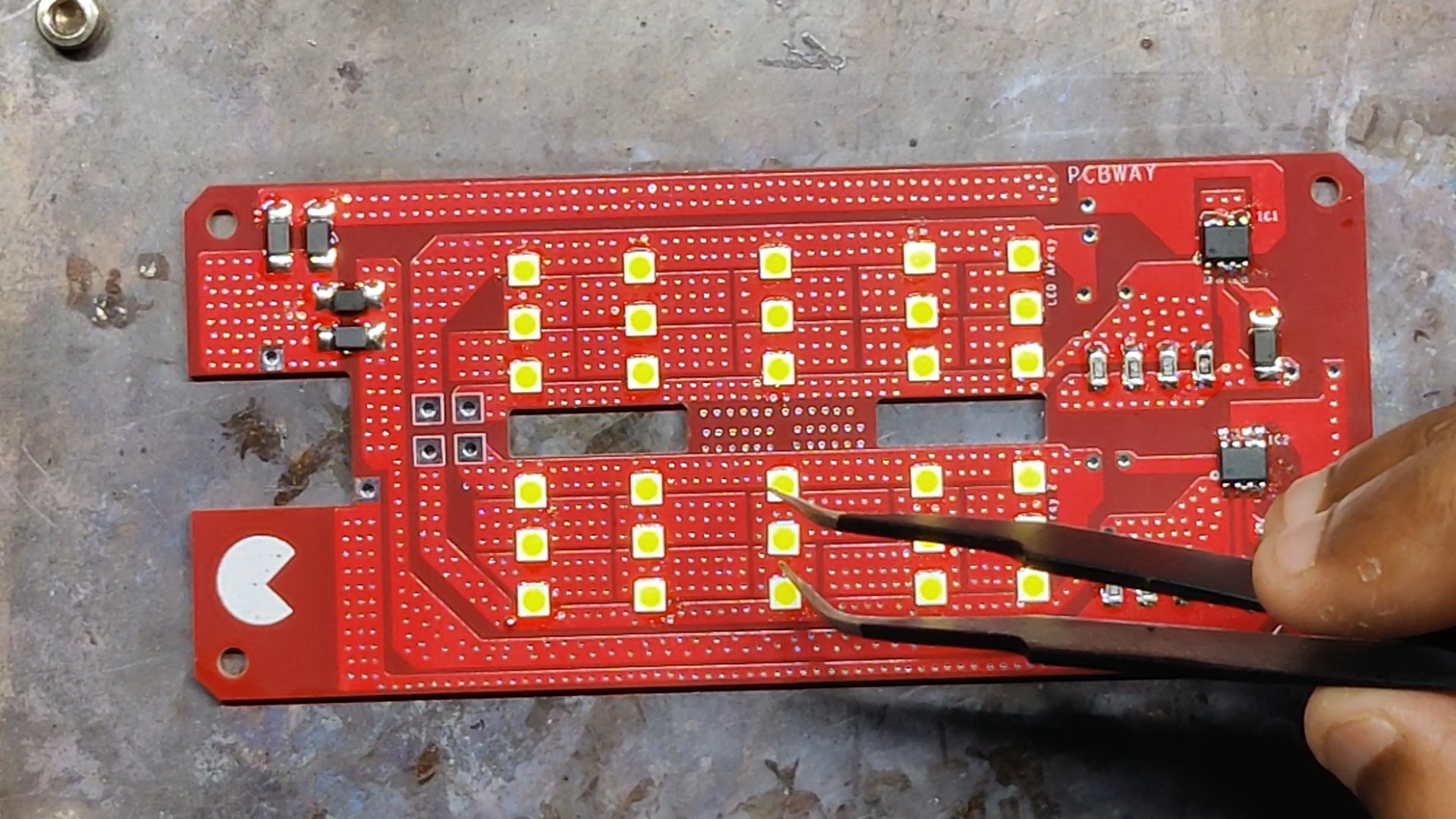
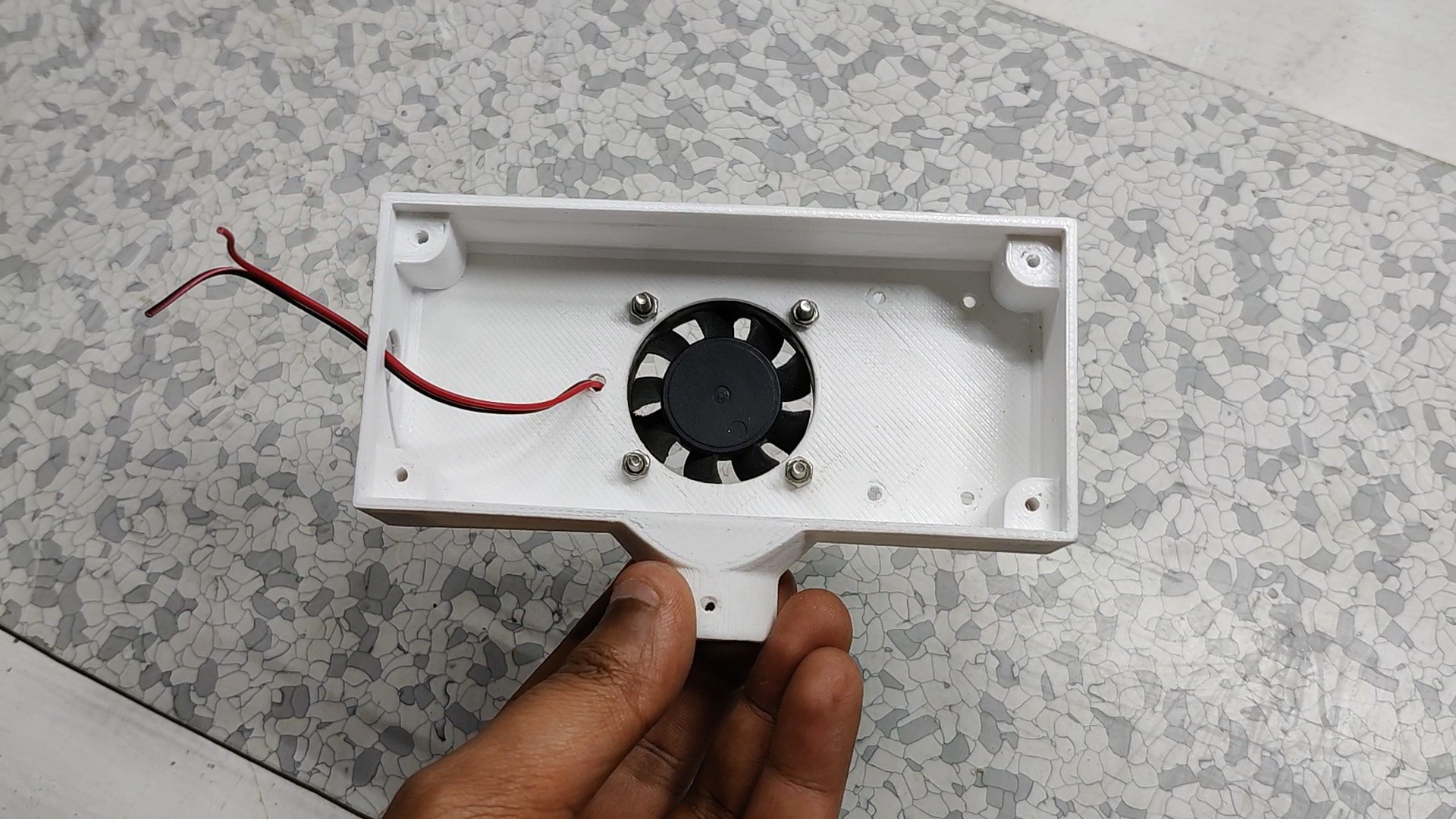
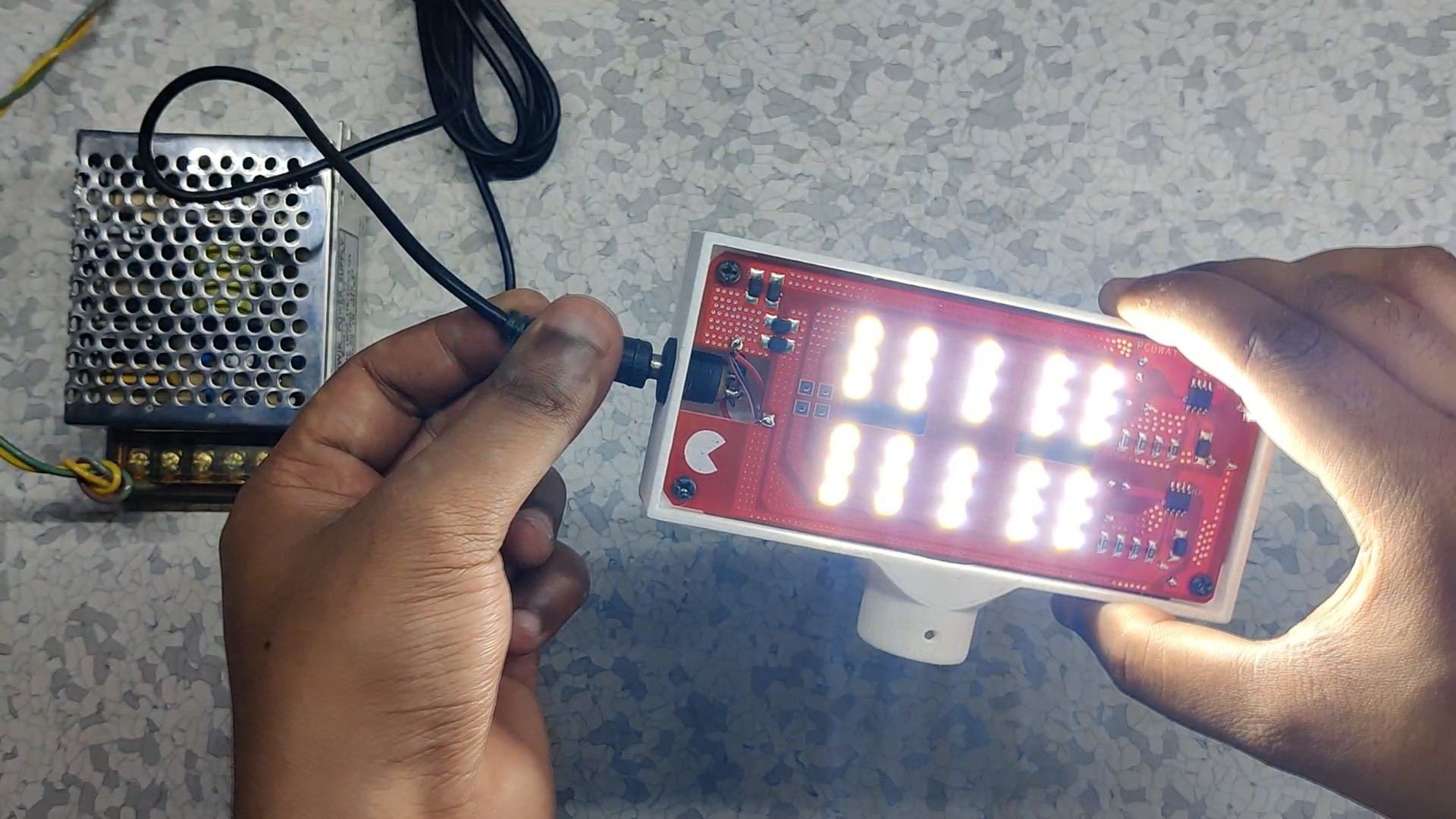
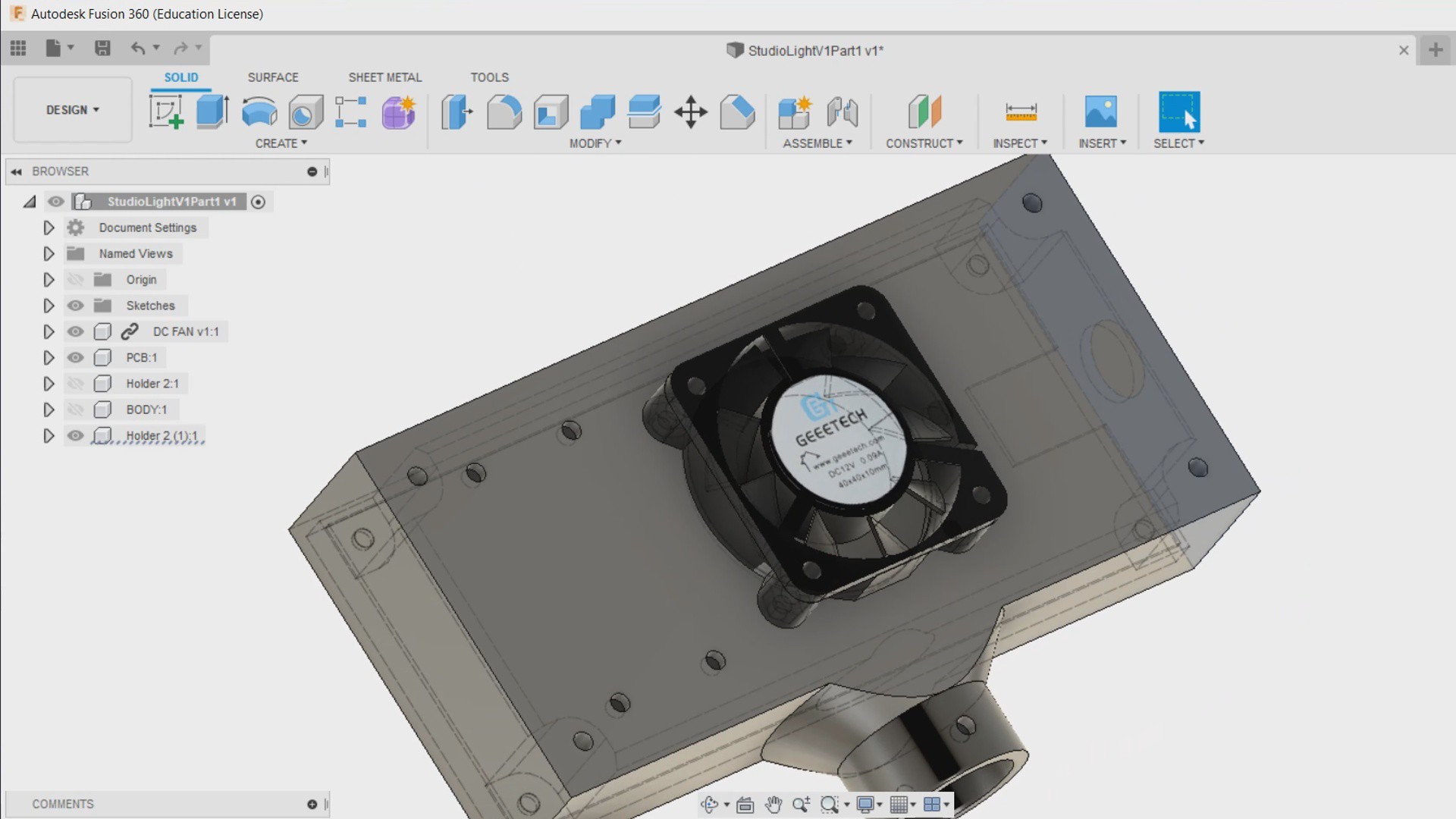
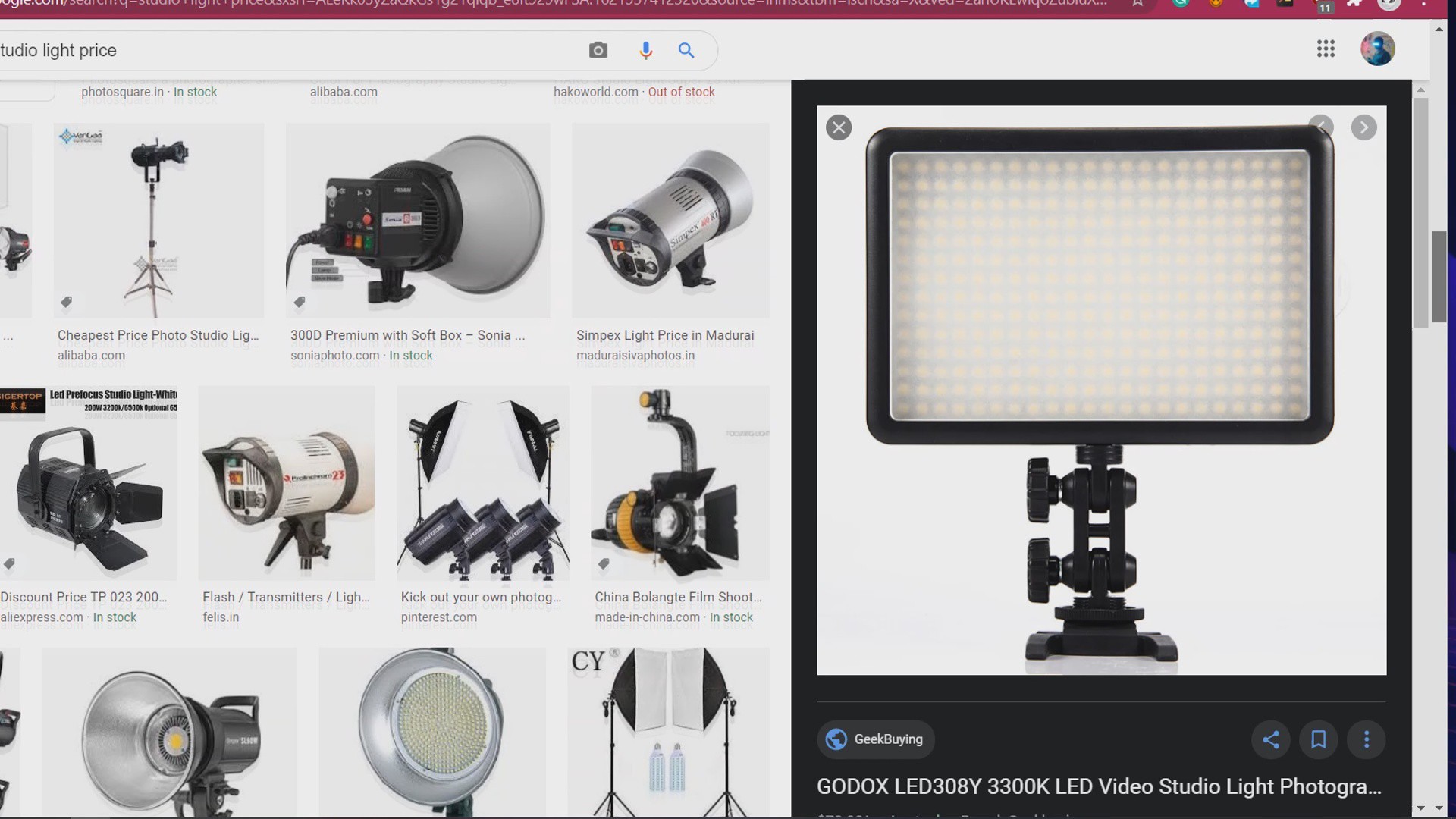
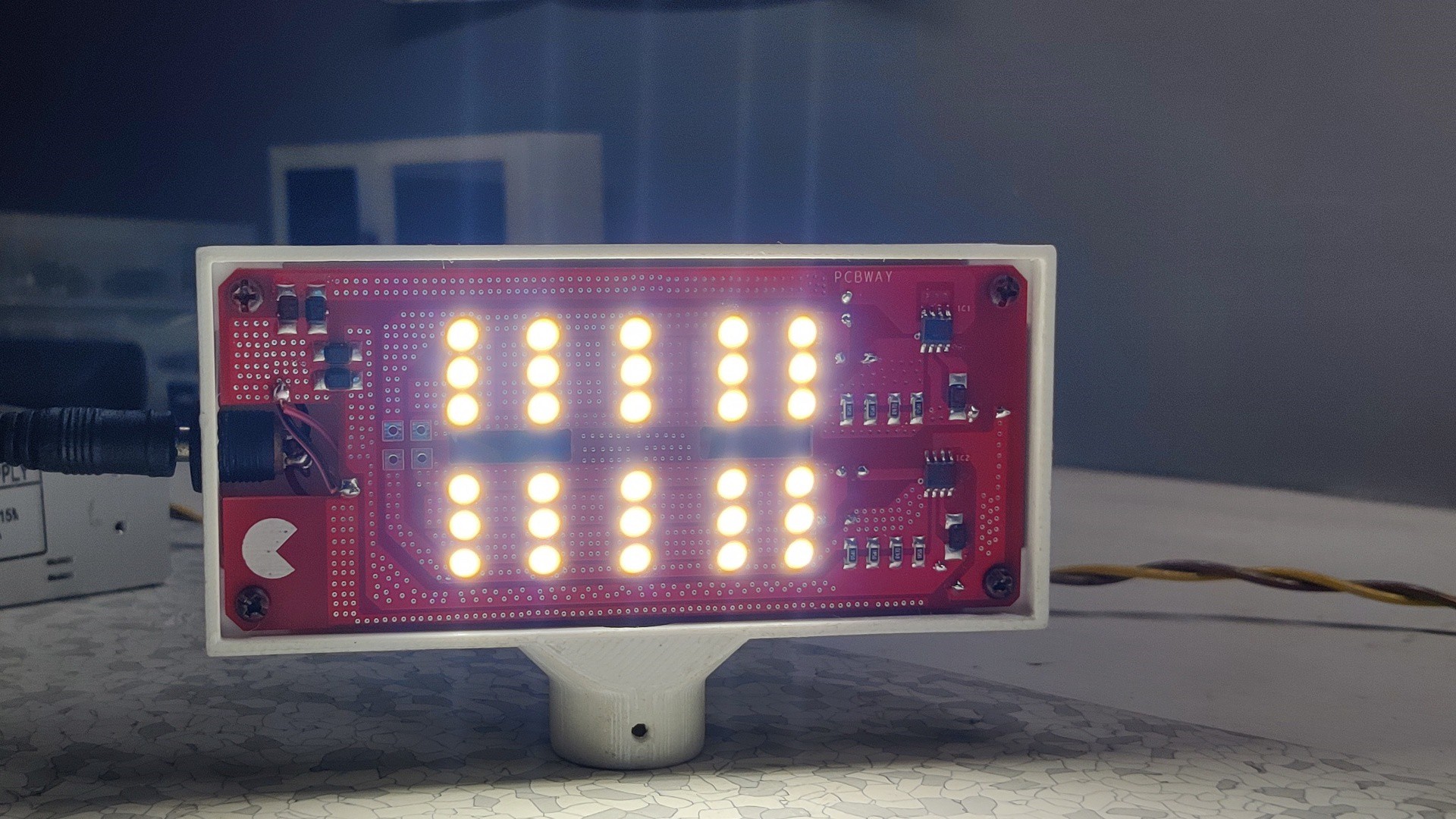
Discussions
Become a Hackaday.io Member
Create an account to leave a comment. Already have an account? Log In.